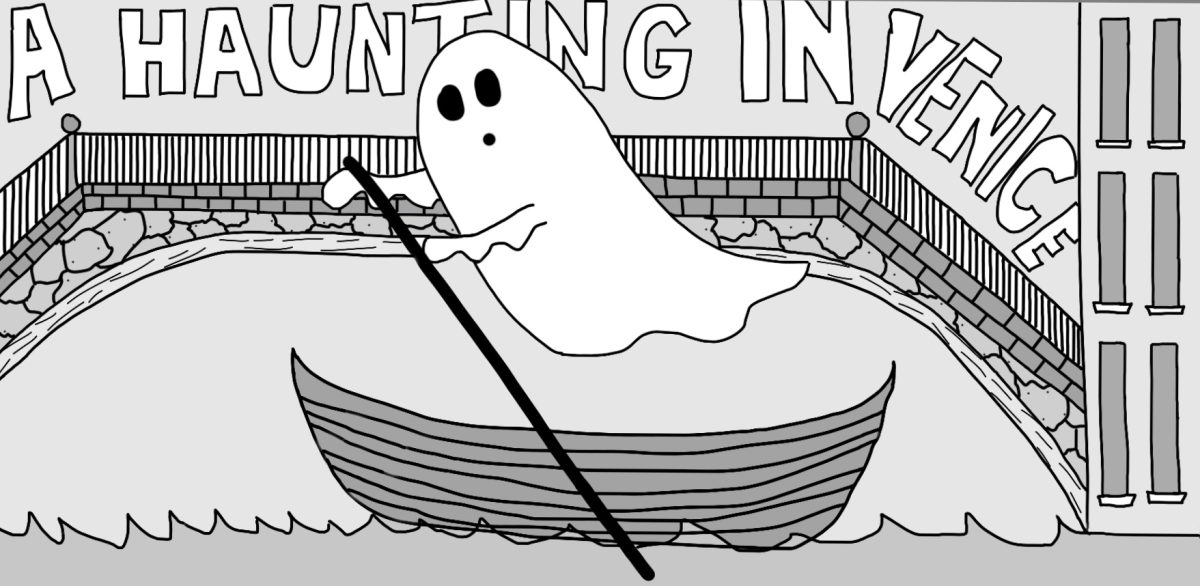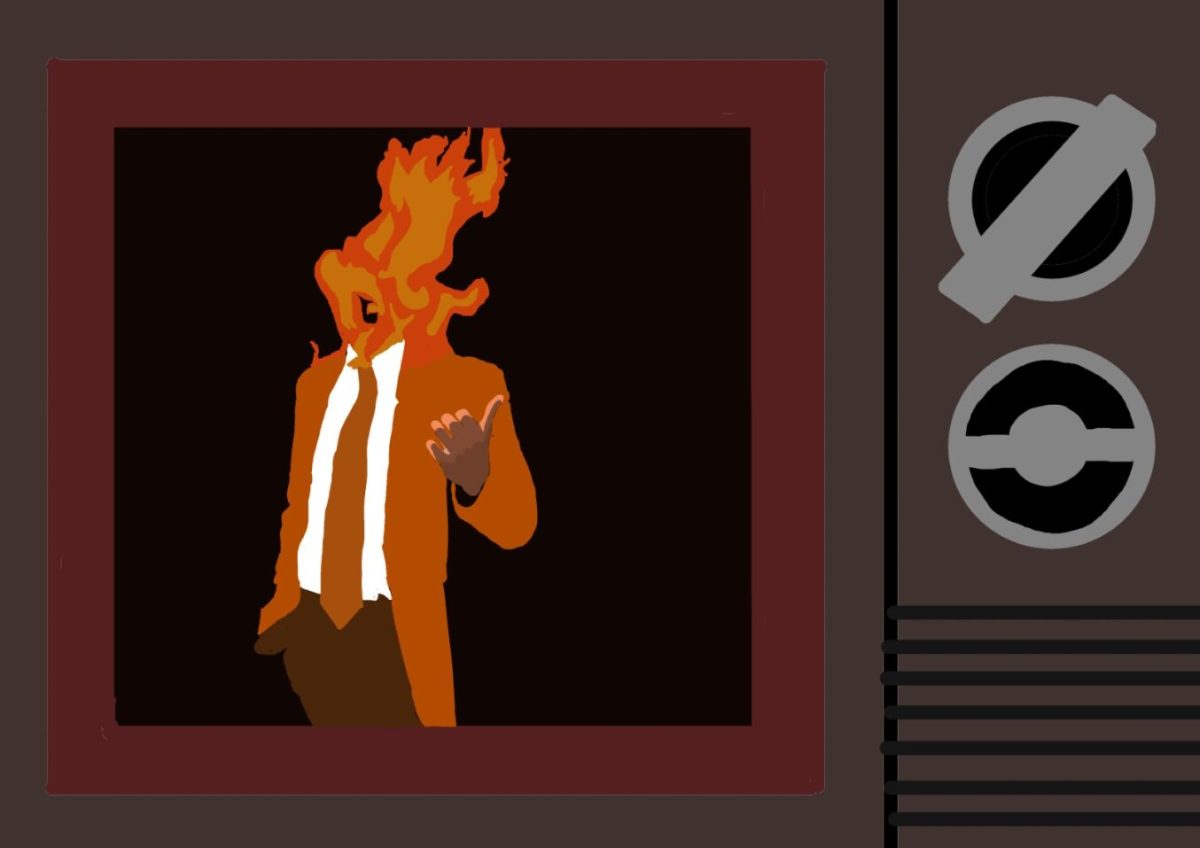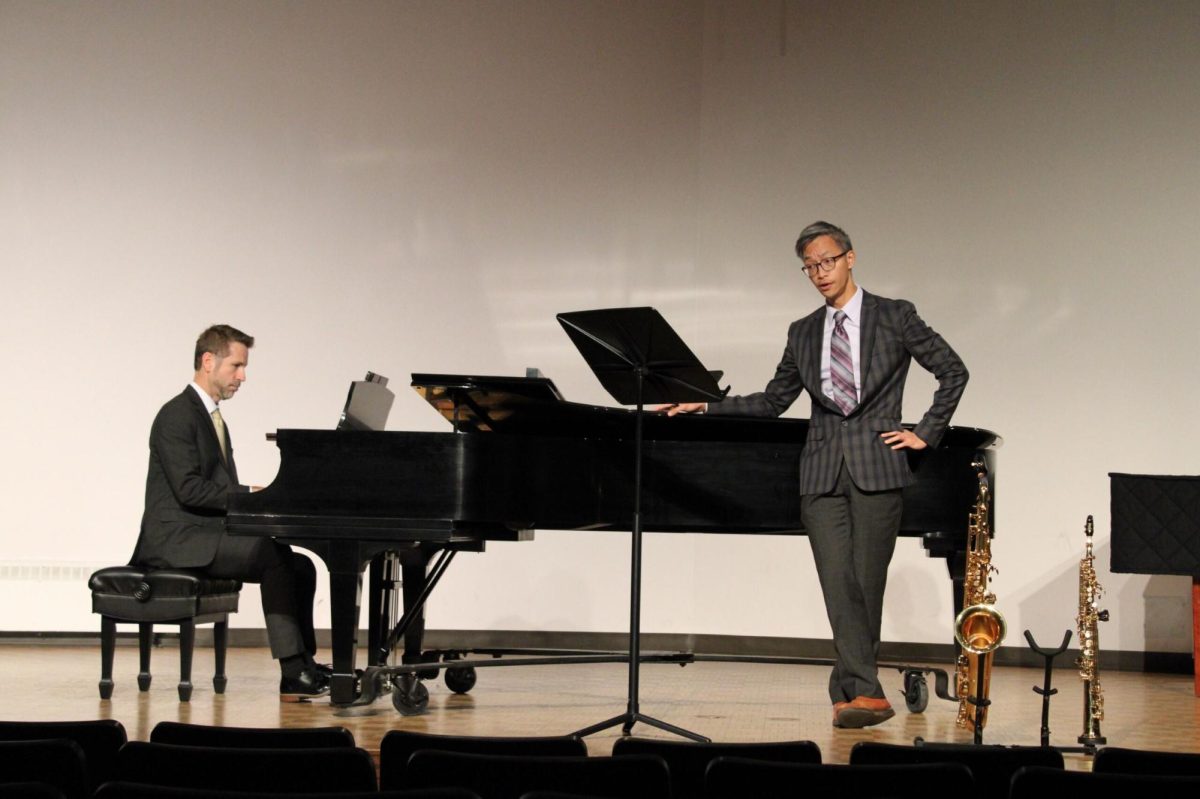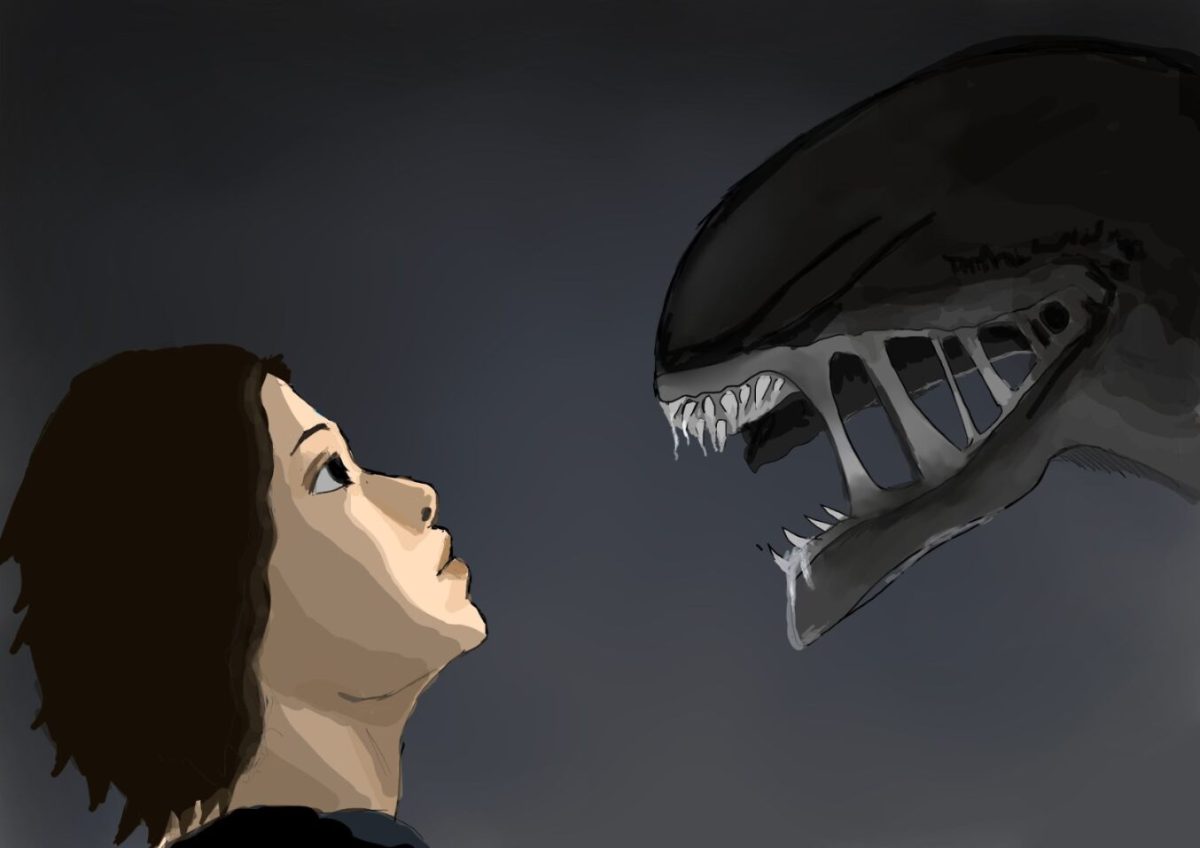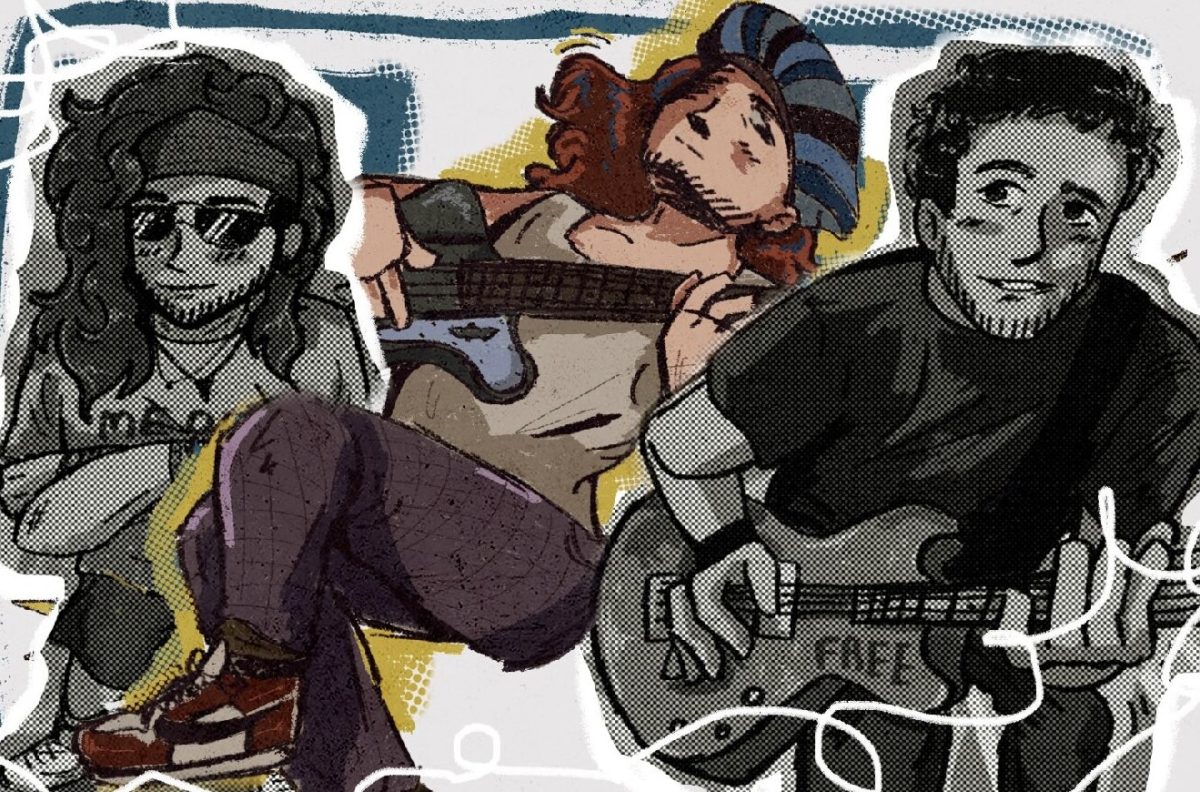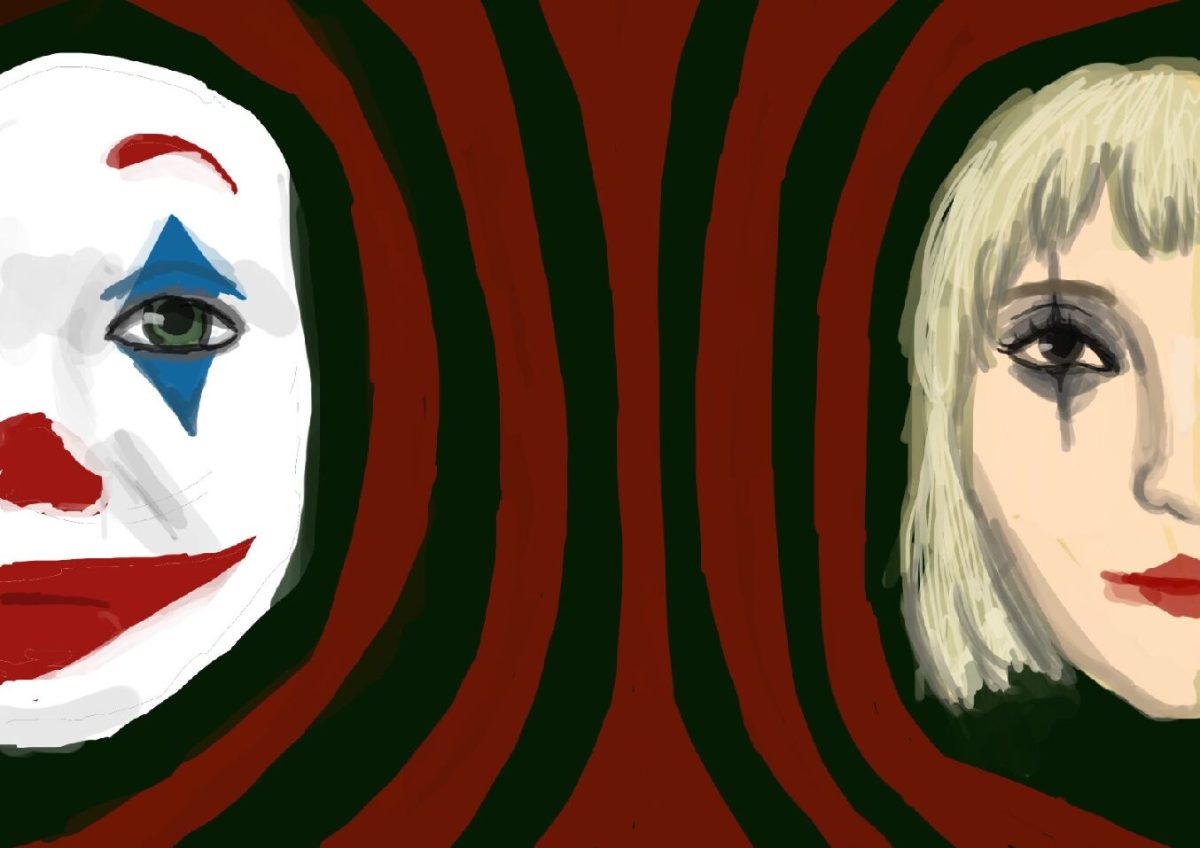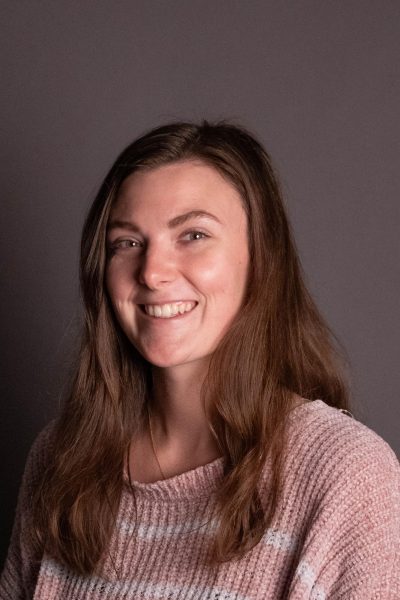Branagh is back and better than ever, bringing spooky vibes to the fall movie season with another gripping murder mystery.
After directing and starring in “A Murder on the Orient Express” (2017) and “Death on the Nile” (2021) Kenneth Branagh adapts another one of quintessential detective fiction author Agatha Christie’s books “Hallowe’en Party.” To fit with the cadence of the last two films of this series, Branagh calls this one “A Haunting in Venice.”
Our famed gentleman detective Hercule Poirot (Branagh) finds himself in a rut, or as he calls it, “retirement,” no longer inspired to do what he is great at: solving mysteries. He is seemingly continent with his lonely hermit lifestyle, when Ariadne Oliver (Tina Fey), his long time friend and wisecrack American author, draws him out of “retirement” to go to a séance, challenging him to prove this medium is a fraud.
Joyce Reynolds (Michelle Yeoh) claims to be different from all other mediums and that she can actually communicate with the dead. Grieving her daughter who supposedly committed suicide, opera singer Rowena Drake hires this spirit guide to get in touch with her lost child, by way of a séance. To ramp up the already existing tension, this séance occurs in a grand drafty palazzo where the souls of hundreds of children are rumored to dwell on Halloween night.
Poirot may see right through Reynolds’s schemes, but more mysteries are begging to be solved, drawing him into his next case. Between trying to deduce the real reason Rowena’s daughter died, sleuthing around to find a killer amongst the group who is responsible for a string of murders and the looming threat that this house might actually be haunted, the Poirot we know and love is back.
A good murder mystery already has a level of spookiness to it, but “A Haunting in Venice” is even more so being set on Halloween. But what elevates the fear factor to this film is the cinematography. Branagh focuses on placing the camera at an angle, so in many shots the subject is not level in the frame. This technique, often referred to as the “Dutch Tilt,” creates a growing feeling of uneasiness in the viewer. Other camera techniques like startling POV shots and an emphasis in making characters seem small by placing them in the bottom corners of the frame make for a visually compelling watch throughout.
The whodunit has a clearly defined set of tropes that occur in nearly every entry into the genre. This film is no different. It has an ensemble cast of characters (usually comprising a slew of famous faces), gathered into a confined space where a murder occurs and a suave gentleman detective comes along to neatly unravel the mystery, often set in creepy old houses and riddled with red herrings.
“A Haunting in Venice” is aware of the conventions it takes apart in and full heartedly embraces the majority of these tropes to give us an unabashed murder mystery. But what this film lacks is star power. Sure, Tina Fey brings a comedic edge (though not much), and Michelle Yeoh does offer some acting chops, but other than that this entry isn’t nearly as star studded.
Some critics ask why it’s necessary to recreate these mysteries especially since many of them are films already. But I would argue that these adaptations introduce classic stories to a new generation and give them the chance to fall in love with the genre just like I did.








































